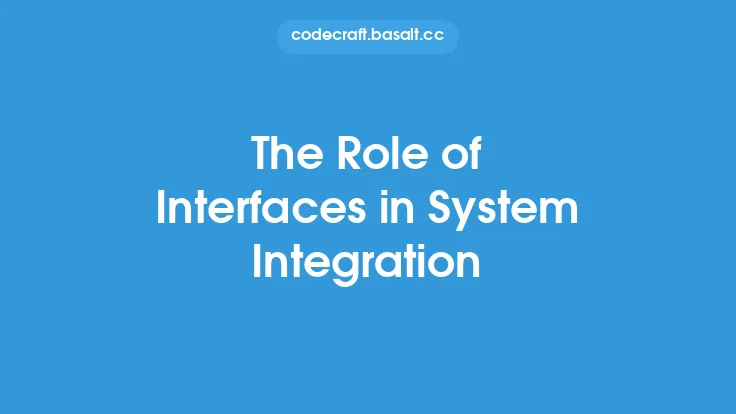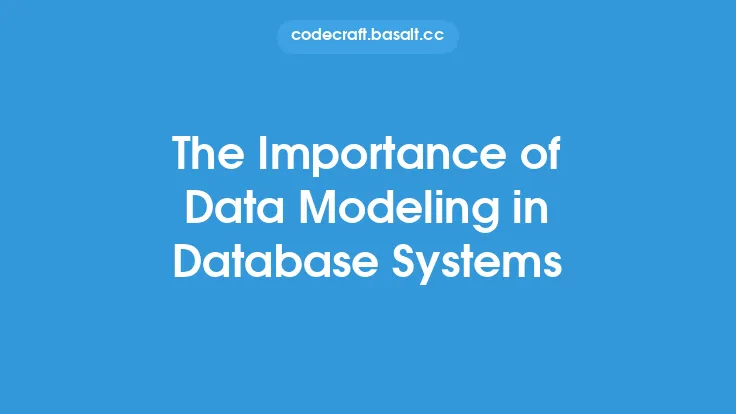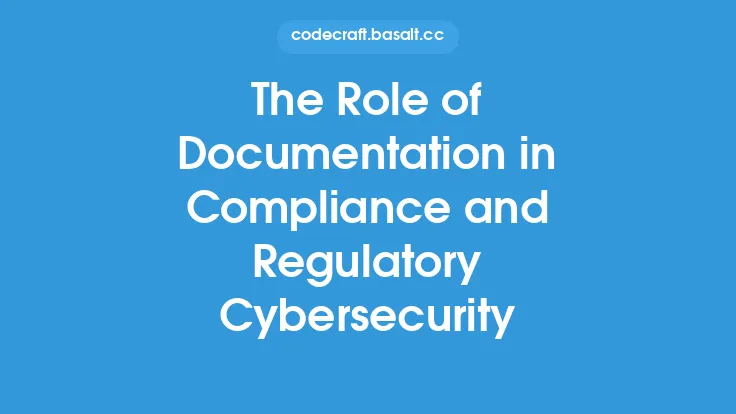System integration is a complex process that involves connecting different systems, applications, and services to enable seamless communication and data exchange between them. It requires careful planning, design, and implementation to ensure that the integrated system functions as expected. One crucial aspect of system integration that is often overlooked is documentation. Documentation plays a vital role in ensuring the success of system integration projects, and its importance cannot be overstated.
Introduction to Documentation in System Integration
Documentation in system integration refers to the process of creating and maintaining detailed records of the integrated system, including its architecture, components, interfaces, and data flows. It involves documenting the design, development, testing, and deployment of the integrated system, as well as any changes or updates made to it over time. Good documentation helps to ensure that all stakeholders, including developers, testers, and end-users, have a clear understanding of the integrated system and how it works.
Benefits of Documentation in System Integration
There are several benefits of documentation in system integration, including:
- Improved communication: Documentation helps to ensure that all stakeholders have a clear understanding of the integrated system, which improves communication and reduces misunderstandings.
- Reduced errors: Documentation helps to identify and fix errors, which reduces the risk of errors and improves the overall quality of the integrated system.
- Faster troubleshooting: Documentation provides a clear understanding of the integrated system, which makes it easier to troubleshoot and resolve issues.
- Easier maintenance: Documentation makes it easier to maintain and update the integrated system, which reduces the risk of errors and improves the overall quality of the system.
- Compliance: Documentation helps to ensure compliance with regulatory requirements and industry standards.
Types of Documentation in System Integration
There are several types of documentation that are commonly used in system integration, including:
- Architectural documentation: This type of documentation provides a high-level overview of the integrated system, including its architecture, components, and interfaces.
- Design documentation: This type of documentation provides a detailed description of the integrated system, including its design, development, and testing.
- Technical documentation: This type of documentation provides a detailed description of the technical aspects of the integrated system, including its hardware, software, and networking components.
- User documentation: This type of documentation provides a detailed description of how to use the integrated system, including its features, functions, and interfaces.
- Testing documentation: This type of documentation provides a detailed description of the testing process, including test cases, test scripts, and test results.
Best Practices for Documentation in System Integration
There are several best practices for documentation in system integration, including:
- Keep it simple: Documentation should be easy to understand and free of technical jargon.
- Keep it up-to-date: Documentation should be updated regularly to reflect changes to the integrated system.
- Use standard templates: Standard templates can help to ensure consistency and make it easier to create and maintain documentation.
- Use version control: Version control can help to ensure that changes to documentation are tracked and managed.
- Make it accessible: Documentation should be easily accessible to all stakeholders, including developers, testers, and end-users.
Tools and Techniques for Documentation in System Integration
There are several tools and techniques that can be used to create and maintain documentation in system integration, including:
- Wiki-based documentation tools: These tools provide a collaborative platform for creating and maintaining documentation.
- Documentation management systems: These systems provide a centralized platform for managing and maintaining documentation.
- Version control systems: These systems provide a way to track and manage changes to documentation.
- Diagramming tools: These tools provide a way to create visual diagrams and models of the integrated system.
- Documentation generators: These tools provide a way to automatically generate documentation from code and other sources.
Challenges and Limitations of Documentation in System Integration
There are several challenges and limitations of documentation in system integration, including:
- Time and effort: Creating and maintaining documentation can be time-consuming and require significant effort.
- Cost: Creating and maintaining documentation can be costly, especially for large and complex integrated systems.
- Complexity: Integrated systems can be complex and difficult to document, especially for systems with multiple components and interfaces.
- Change management: Changes to the integrated system can make it difficult to maintain up-to-date documentation.
- Stakeholder engagement: Stakeholders may not always be engaged or interested in documentation, which can make it difficult to create and maintain effective documentation.
Conclusion
In conclusion, documentation is a critical aspect of system integration that plays a vital role in ensuring the success of integrated systems. It provides a clear understanding of the integrated system, improves communication, reduces errors, and makes it easier to maintain and update the system. There are several types of documentation, best practices, tools, and techniques that can be used to create and maintain documentation in system integration. However, there are also several challenges and limitations that need to be addressed, including time and effort, cost, complexity, change management, and stakeholder engagement. By understanding the importance of documentation and using the right tools and techniques, organizations can create effective documentation that supports the success of their integrated systems.





